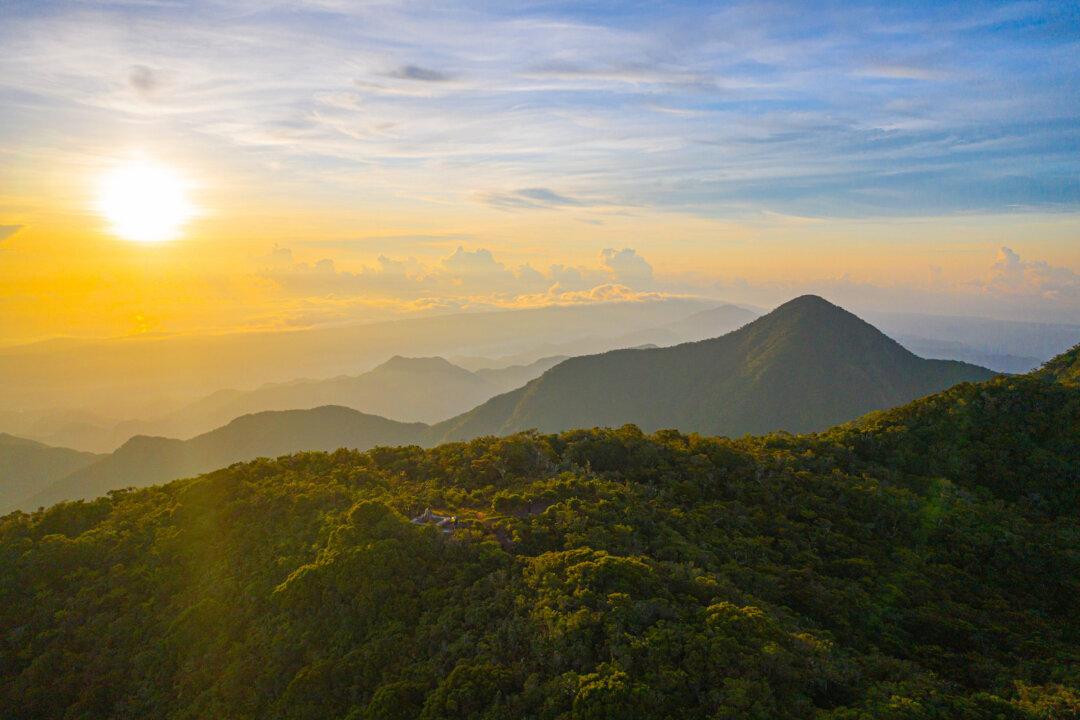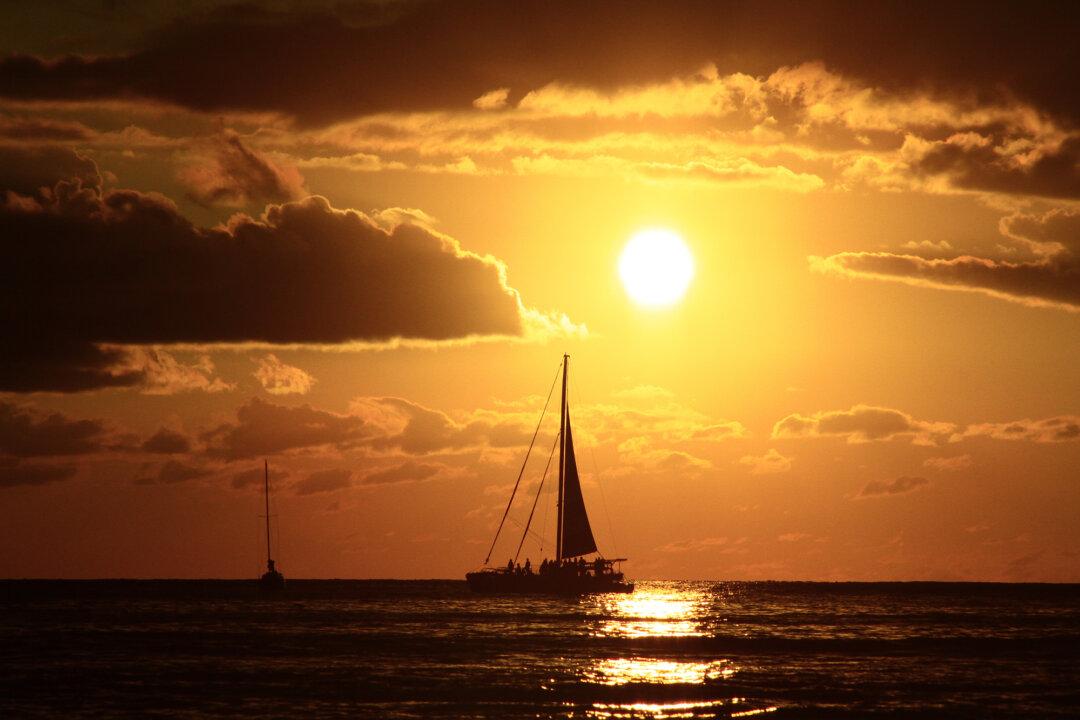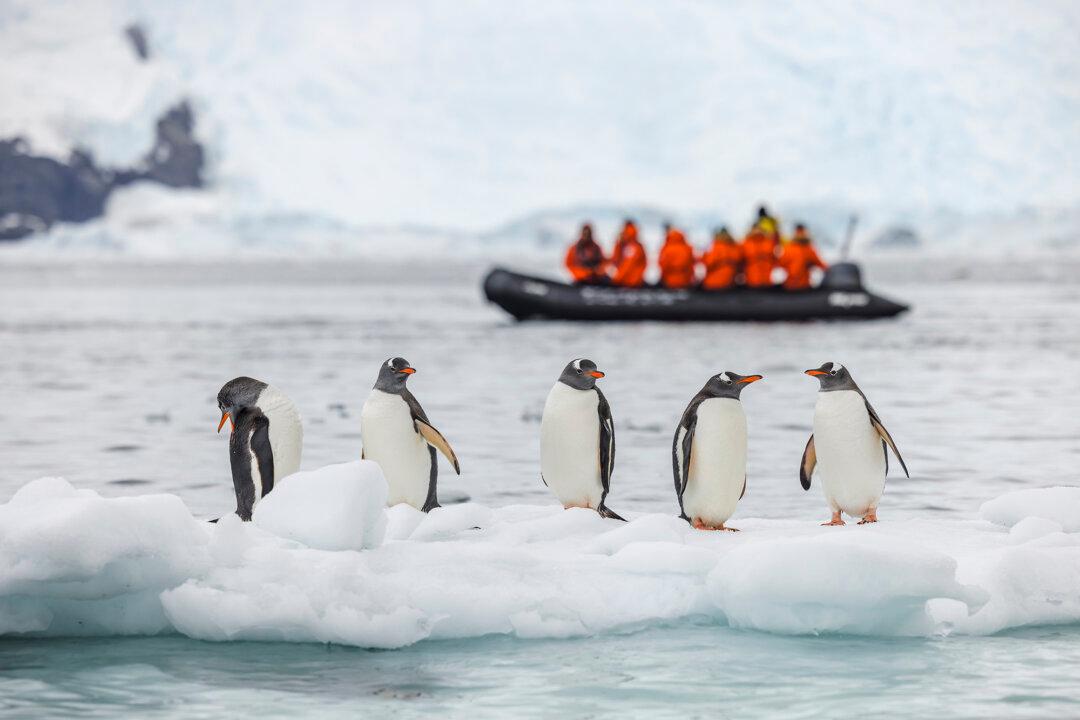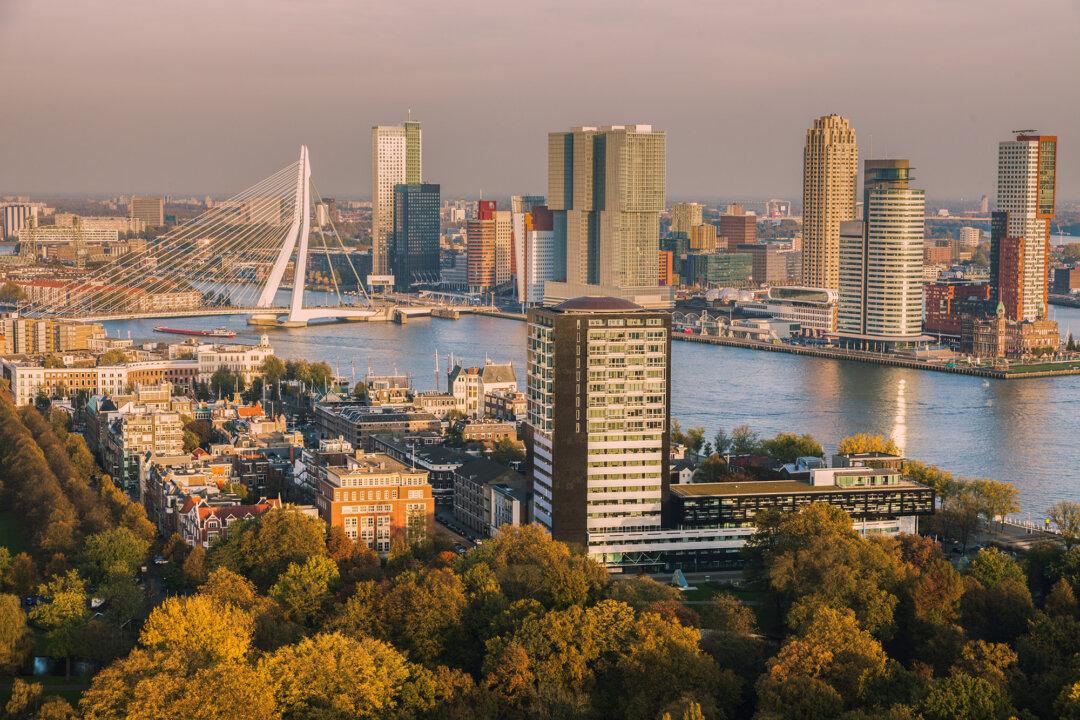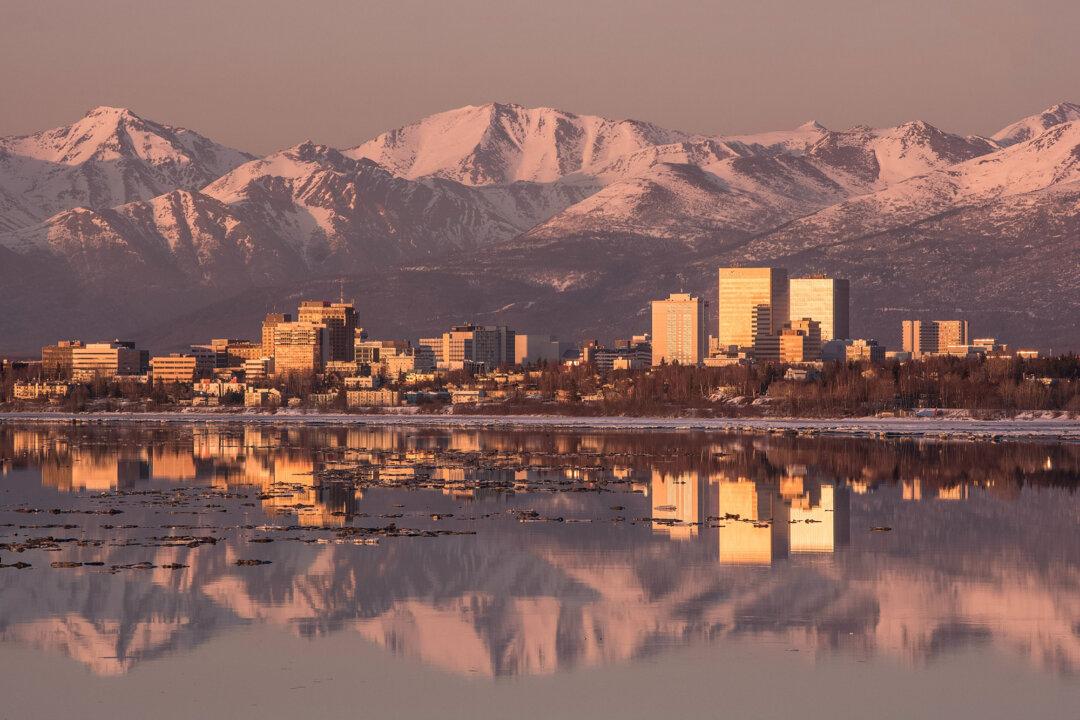Once, this was Jamaica’s most storied stretch of beach. Nicknamed the “Hip Strip,” Katharine Hepburn (accompanied by playwright and director Noel Coward) once tooled along this stretch of Gloucester Avenue in Montego Bay in a Singer convertible—one that she shipped to the island herself.
John F. Kennedy and other luminaries vacationed here. The adjacent Doctor’s Cave Beach was perhaps the first on the island to attract tourists, all the way back in the 1920s.

